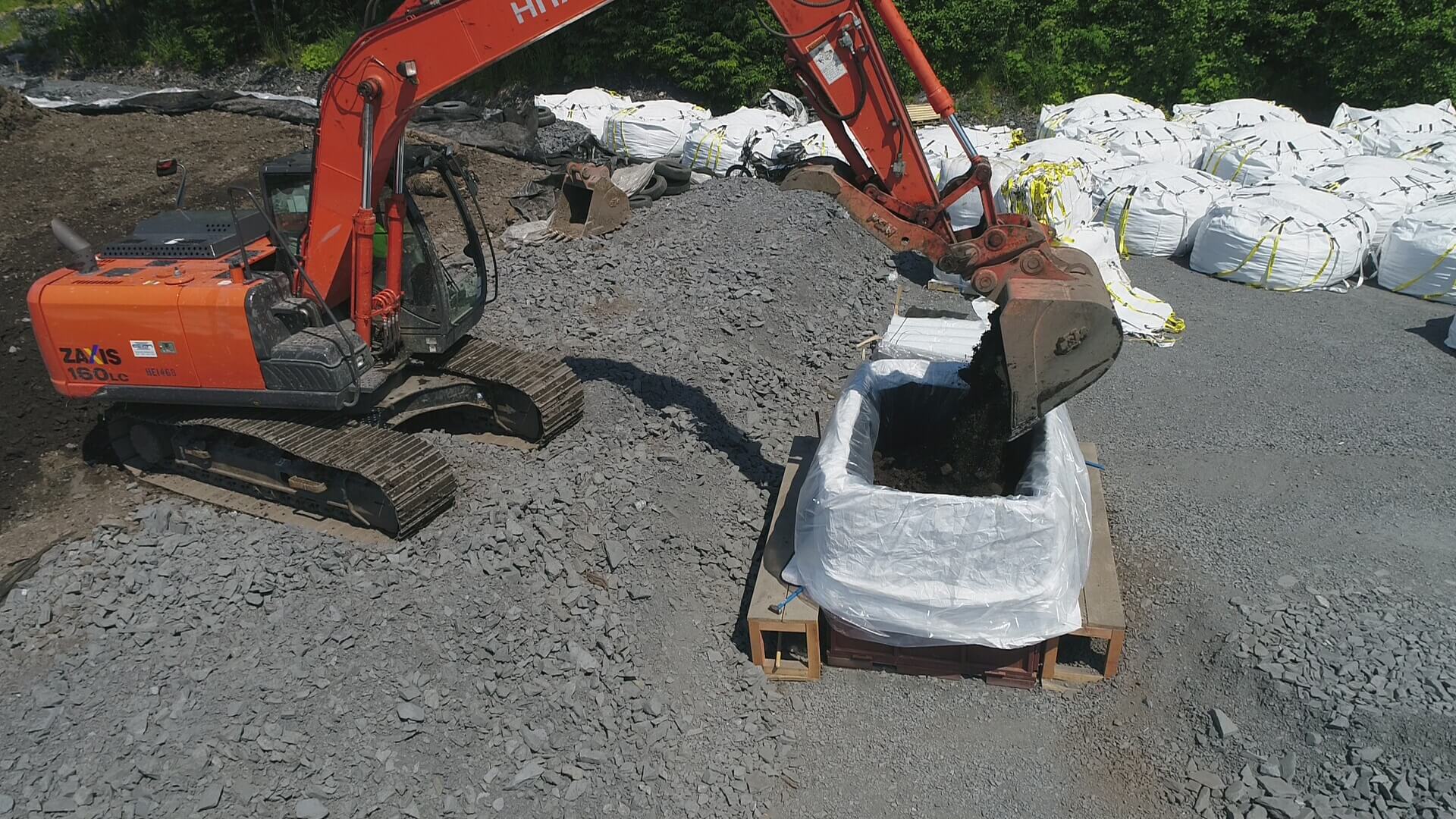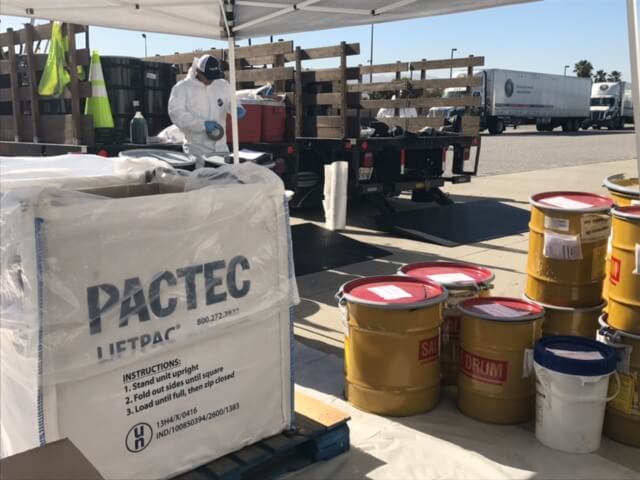One of the first questions we often get when discussing packaging options for waste disposal is: How much does flexible waste packaging cost?
This is a reasonable question, and although there are several factors to consider, I’ll do my best to provide you some general pricing information.
But first, let me compare it to the purchase of a pair of men’s dress shoes. Some men simply want basic brown shoes for a low price. These can come from any number of retail stores or the internet without needing to try them on. Other shoppers are more concerned with comfort, brogue detailing, name brand, the assistance of a salesman to help them try on multiple pair, etc. or prefer them to be custom made to their exacting specifications.

While the basic brown pair may do the job, are you willing to forego quality, comfort, length of use and looks? What about safety or unforeseen consequences of an inferior product? Perhaps the custom pair are far too expensive.
These same principles apply to the cost of flexible waste packaging as well. Unfortunately, many people focus on the initial cost in order to keep project costs low or to win a bid while sacrificing safety, quality, ease-of-use, worker efficiency, disposal costs and the like.

Some considerations when evaluating the pricing of flexible packaging include:
- Is IP testing or UN rating required?
- Will the waste contain any liquid content?
- How are the packages being transported?
- Will the contents be loaded by man or machine?
- Is training required, or modifications to the loading process necessary?
- What package size is ideal?
- Will I need a few units or a large bulk quantity?
As you can see, when you request a quote for waste packaging from us, we will ask you a series of questions to make sure we provide you with the most accurate pricing to meet your needs.

How much does flexible waste packaging cost?
The price of flexible waste packaging ranges greatly. Expect to pay roughly $30 for a basic cubic yard bulk bag, around $300 for a roll off container size bag and $500+ for an IP-2 certified lift bag. These are average costs and do not include customizations, shipping and any taxes/VAT to get to your job site.
How waste classification affects the cost of packaging
Since the waste classification determines the packaging required for transport and disposal and is regulated by government and environmental bodies - the testing, manufacturing, certification and quality control required for each are different.
Simply put, the waste acceptable for transport and disposal in a simple bulk bag will be lowest cost. As the waste characterization increases, so do the intrinsic costs of the packaging. For example, a Type IP-2 flexible packaging goes through a battery of tests, which involve the time of our engineering team, research and development folks, material sourcing specialists and so on. These bags will cost more than a basic bulk bag, especially because we are certifying that they meet the strict standards for certain waste contents. Plus, if there is moisture within the waste that requires additional leak prevention layers, there is added material costs driving up the price.
How do flexible waste packaging costs compare to other packaging types?
As you can see, price ranges vary quite a bit, as they should. Each project/waste dictates a different packaging need based on volume, transport and disposal, waste characterization and project scale. In general, although radioactive LLW is relatively low risk and low hazard, full and complete compliance with the safe transport of radioactive waste regulations is a must.
When comparing flexible waste packaging costs against alternatives, one may expect to find the following:
Cardboard Boxes with PE Liner
For obvious reasons, a simple cardboard box with a liner can cost as little a $20. This is mainly due to it being an IBC (intermediate bulk container) and not a long-term solution.
While the cost is low initially, you must factor in the costs of pallets, labor to assemble the boxes, insert the liner and then prepare the load for transport and disposal. These “hidden” costs often make this option more expensive in the long run. Plus, this packaging method is only rated for basic debris and waste (sometimes IP-1) but nothing more than that.

Metal/Steel Drums
Metal drums come in many standard sizes, the most common being the 55-gallon size. These cost just over $100 on average, about the same as some flexible packaging options. However, while the initial costs are similar, you’ll notice a discrepancy in storage, disposal and transport expenses.
Because of their conical shape and rigidity, they take up a larger footprint on your jobsite. Plus, as a packaging container, they’re heavy, and while disposal costs are based on weight and volume, you’ll be footing a large bill just to dispose of the waste container.
Metal Boxes
Metal boxes are a viable option for dangerous waste characterizations or large single-piece debris, and while it seems natural to pay more to ensure protection from these wastes, the initial sticker shock of metal boxes can be intense. Standard B25 boxes can easily cost thousands of dollars, and since they can only be loaded once then buried, that’s a high sunk cost. Many companies still utilize these for transport and disposal, mainly due to a culture of “it’s the way we’ve always done it.”
Now that you have an idea of the varying costs associated with flexible waste packaging, we recommend you address the questions above to determine your needs. Then our advisors can help guide you to the appropriate packaging, whether that is a common stock item or if we can custom design and manufacture something to your specifications. We can also provide a more focused quote to help cost out your project.




